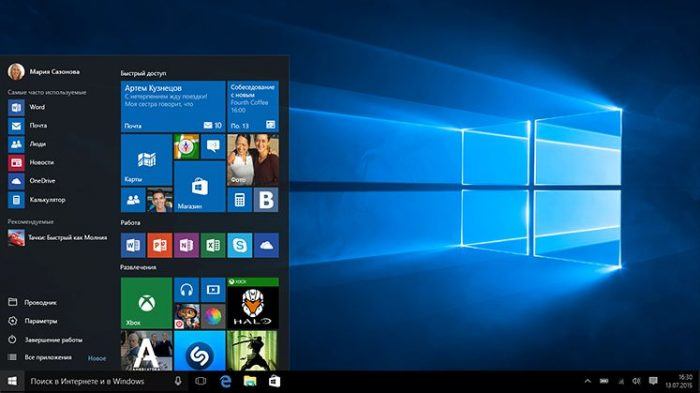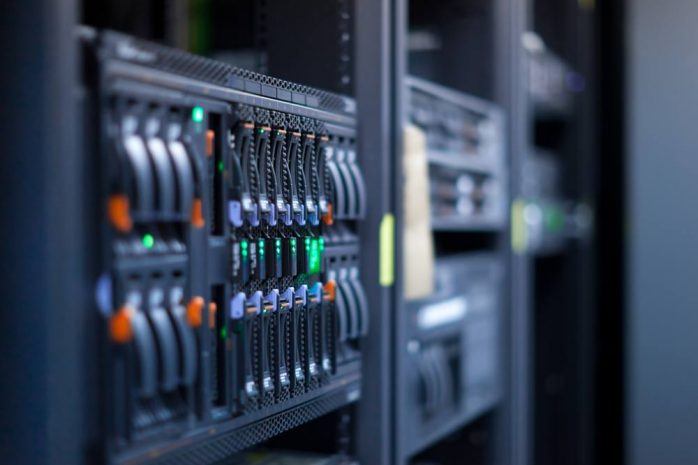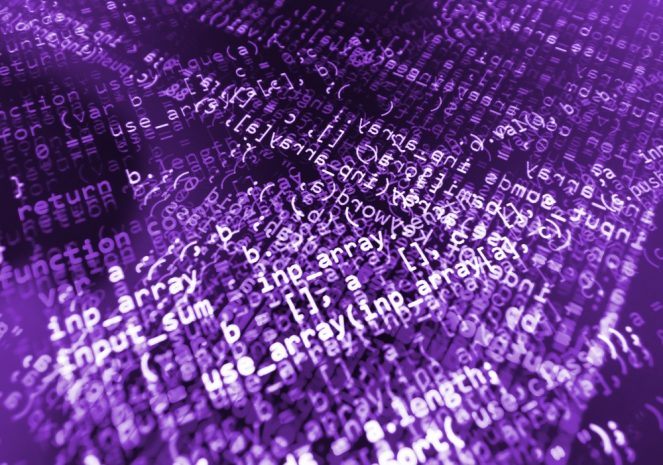
A layman’s dictionary: RAT
RAT stands for Remote Administration Tool. While it may sound rather innocuous, the term “RAT” is usually associated with the software used for criminal or malicious purposes.

Musician and technology enthusiast.
356 articles

RAT stands for Remote Administration Tool. While it may sound rather innocuous, the term “RAT” is usually associated with the software used for criminal or malicious purposes.

The results of the recent IT Security Risks Survey 2015 show that half of banks and payment systems prefer to handle cyberincidents when they happen, rather than invest in tools to prevent them.

Kaspersky Lab’s Q2 report on spam and phishing has arrived, and brought little surprises.
Kaspersky Lab has just released a new version of Kaspersky Endpoint Security for Mac, specifically for Mac-savvy businesses.

A new Kaspersky Lab report finds businesses pay a significant premium to recover from a cyber attack if the virtual infrastructure is affected during the incident.

A look at what the “threat landscape” is comprised of for businesses.

The BlueTermite APT campaign is rather new and extremely persistent. Here’s why.

Kaspersky Lab has just received a trove of new awards for one of its business products, Kaspersky Small Office Security.

Kaspersky Lab has just released its Q2 report on DDoS activities on the Web, showing that this part of the global threat landscape is extremely volatile and permanently evolving.

It’s not feasible to call a security solution, either for individual users or for businesses, “an antivirus.” There’s more than that.

Kaspersky Lab has rolled out a new cyberthreats report covering Q2. While it is consumer-oriented, certain findings are extremely relevant to business.

Is it still correct to use the term “antivirus?” Cybersecurity today is much more than just antiviruses; still essential, but alone it is no longer enough.

Apple patched a serious issue in its App Store and iTunes Store, which could have undermined many of the businesses working in this ecosystem.

Windows 10 was launched to general availability on July 29th. The feedback so far is mixed, which isn’t unusual with new versions of Windows. Some say it’s the best Windows since XP, some call for caution. Security-wise and business-wise it looks promising.

Since Windows 10 arrived two days ago, new security-related concerns have surfaced. First and foremost, they’re about control over the data on Windows 10-based PCs and other devices.

Among all of its promised security enhancements, Microsoft also said that updates will be performed as a “service”: Users will receive new features at no charge for the “supported lifetime” of the device it is installed on.

It’s up to the manufacturers to change the approach to designing modern hi-tech equipment. As we have written before, security should come first. It must be taken in account at the design level, not added later.

If it is not possible to get rid of a risky software for some reason, it is better to exist in a “presumption of guilt” mode, with an efficient security solution keeping it in check and preventing exploits from successful attacks, targeted ones included.

Minidionis is yet another backdoor from the same APT group responsible for CozyDuke, MiniDuke, and CosmicDuke – this time with some “cloud” capabilities.

These days, ransomware-related news stories look a bit like, well, war chronicles. In fact, this is the consequence of an elevated attention to this particular kind of threat; similar things occurred in early the 2000s when net-worms thrashed the Web.

Exploits are a subset of malware, but they are not always detectable by security software if it doesn’t employ behavior analysis. In fact, it’s the only good way to beat exploits. Malware programs may be plentiful and varied, but most of them have similar behavioral patterns.